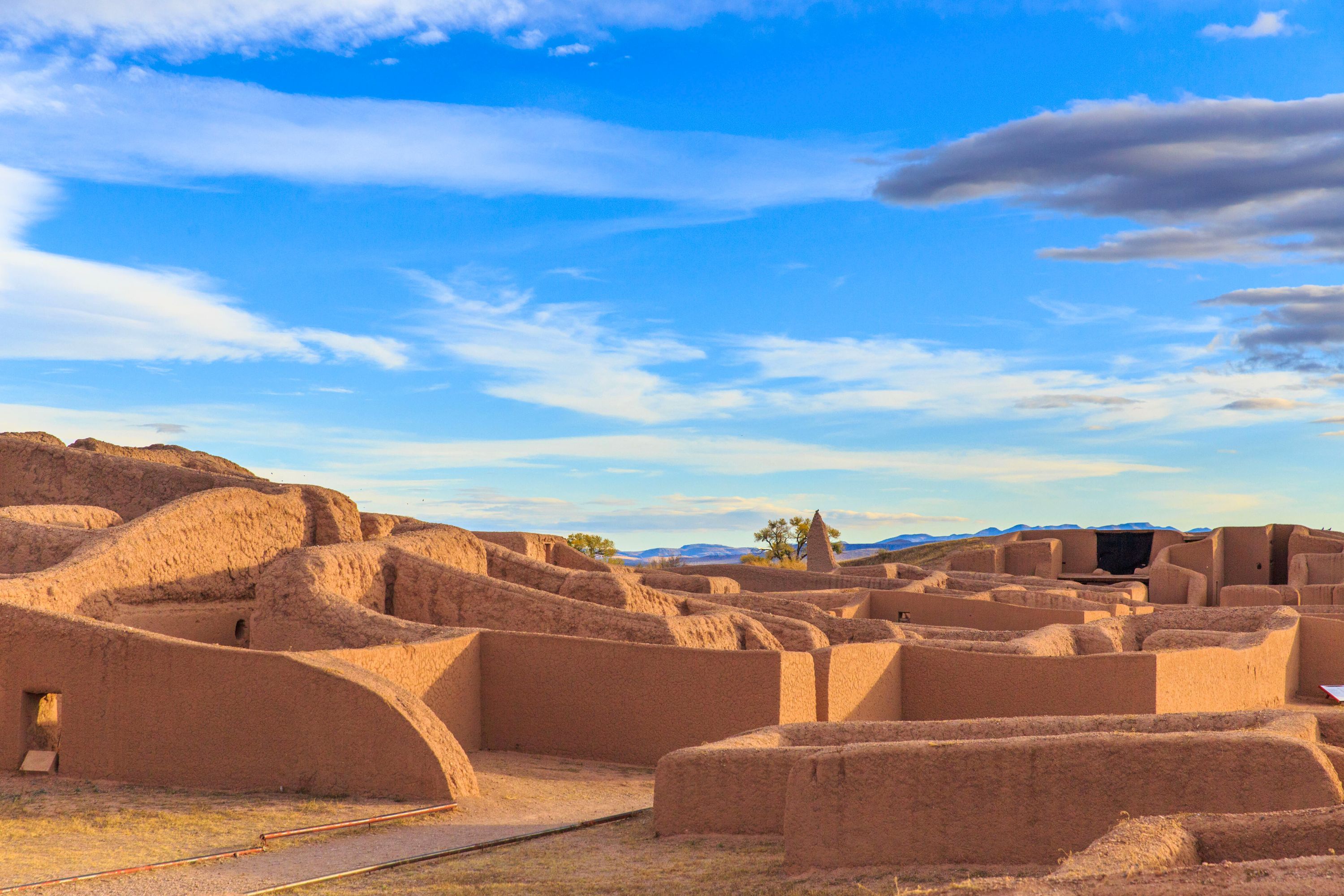The Victim Of An Ancient Child Sacrifice In Mexico Had Parents Who Were Unusually Closely Related, According To A New Genetic Analysis

In Mexico, a pre-Hispanic victim of child sacrifice had parents who were unusually closely related. The child’s remains were found in a burial during excavations conducted in the late 1950s and 1960s at an archaeological site called Paquimé. The site is located in the northwestern Mexican state of Chihuahua.
Despite the discovery taking place decades ago, it is the first time that a genetic study has been performed on the child. Radiocarbon dating suggests the child lived between A.D. 1301 and 1397 and was two to five years old at the time of death.
According to the authors of the study, the child may have been sacrificed as part of a ritual by an elite family to consecrate a particular building and grow their wealth and power.
Paquimé is also known as Casas Grandes, and it is one of the largest and most significant archaeological sites in the region, from Northwest Mexico to the Southwest United States. Most of what is known about the site was discovered during the initial excavations in the mid-20th century.
At its peak, which was from around A.D. 1200 to 1450, Paquimé was the hub of the pre-Hispanic Mogollon culture and the sociopolitical center for the Northwest/Southwest region.
“The site consisted of massive adobe structures, monumental architecture including cruciform and serpent-shaped mounds, an underground well, an aqueduct, large roasting pits, plazas, and millions of artifacts, including shell and other exotic goods imported from hundreds of miles away,” said Jakob Sedig, the lead author of the study with Harvard University.
Although extensive investigations have been conducted at the site, not much information about the social organization and genetic makeup of the population was found. The hot climate of northern Mexico causes ancient DNA to deteriorate rapidly. So, archaeologists were still unclear about how the inhabitants of Paquimé were biologically related to each other and their neighbors.
DNA analysis of any remains from Paquimé would be helpful in answering such questions—so that’s what researchers did. They already knew that the burial of the Paquimé child was unique since it was located beneath the support beam of a roof in a building called the House of the Well.
The building was believed to be a ceremonial center due to the ritual items found within and its connection to a sacred underground well. When taken together, it suggests that the child was from a lineage of high status.
Tricia – stock.adobe.com – illustrative purposes only
Sign up for Chip Chick’s newsletter and get stories like this delivered to your inbox.
Sedig and colleagues analyzed the child’s DNA and determined that the child’s parents were closely related. The exact relationship of the parents was unclear, but they were more closely related than first cousins.
“They shared about 25 to 50 percent of genetic material. We could not determine the exact relationship of the child’s parents, but they would have been half-siblings, aunt/uncle-niece/nephew, grandparent-grandchild, or some other similarly closely related pair,” Sedig said.
Relationships between close family members are considered taboo in most societies, but in some ancient cultures, the elite may have participated in such practices to maintain the purity of their bloodline.
Because the child was a product of a close familial relationship within an elite lineage, their sacrifice may have served as some sort of a significant symbol.
The researchers will continue studying the site to better understand the genetic structure of the ancient inhabitants of the region.
The study was published in the journal Antiquity.
Welcome to Billionaire Club Co LLC, your gateway to a brand-new social media experience! Sign up today and dive into over 10,000 fresh daily articles and videos curated just for your enjoyment. Enjoy the ad free experience, unlimited content interactions, and get that coveted blue check verification—all for just $1 a month!
Account Frozen
Your account is frozen. You can still view content but cannot interact with it.
Please go to your settings to update your account status.
Open Profile Settings